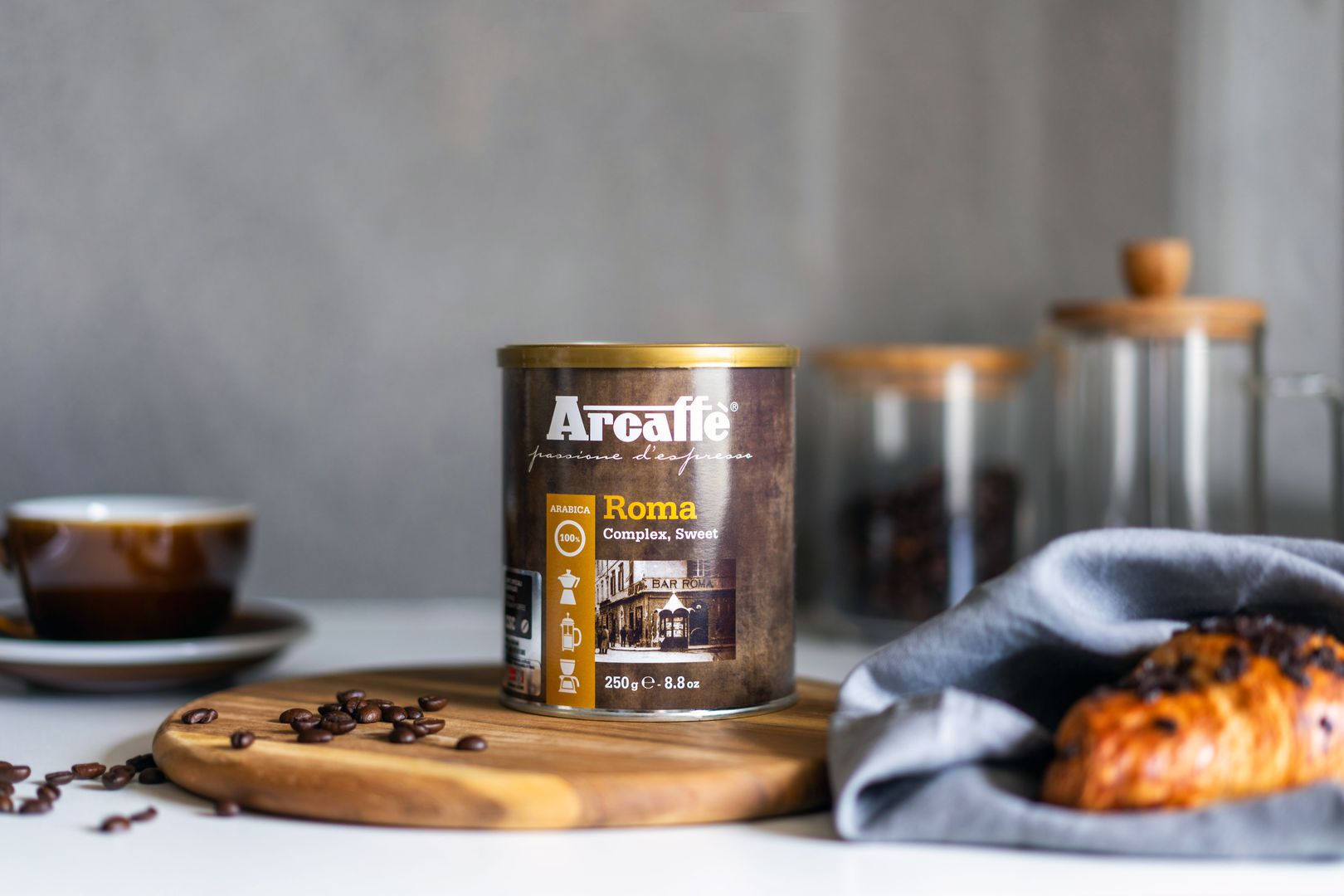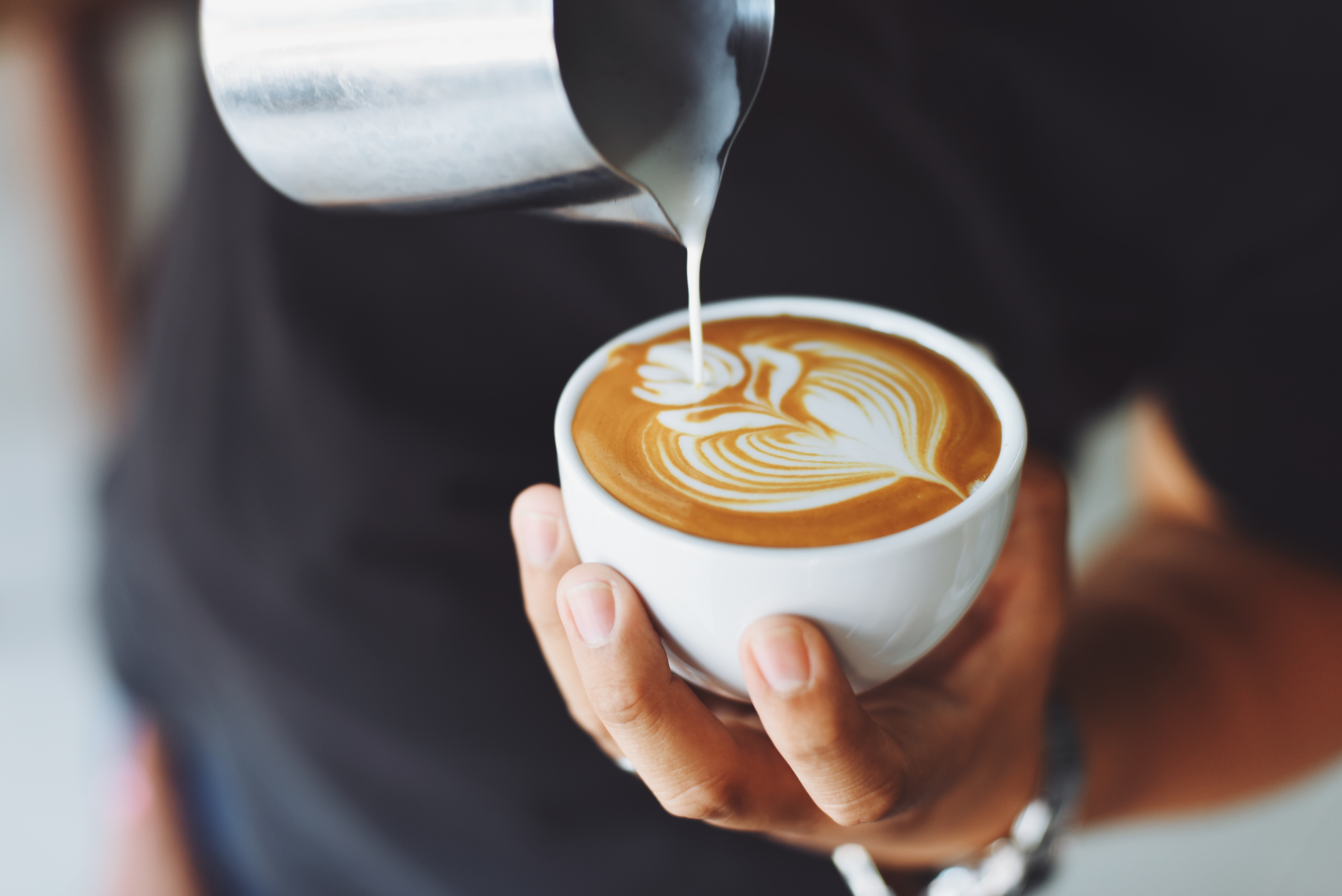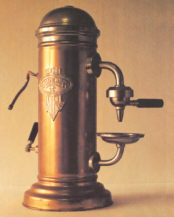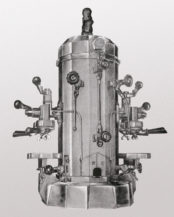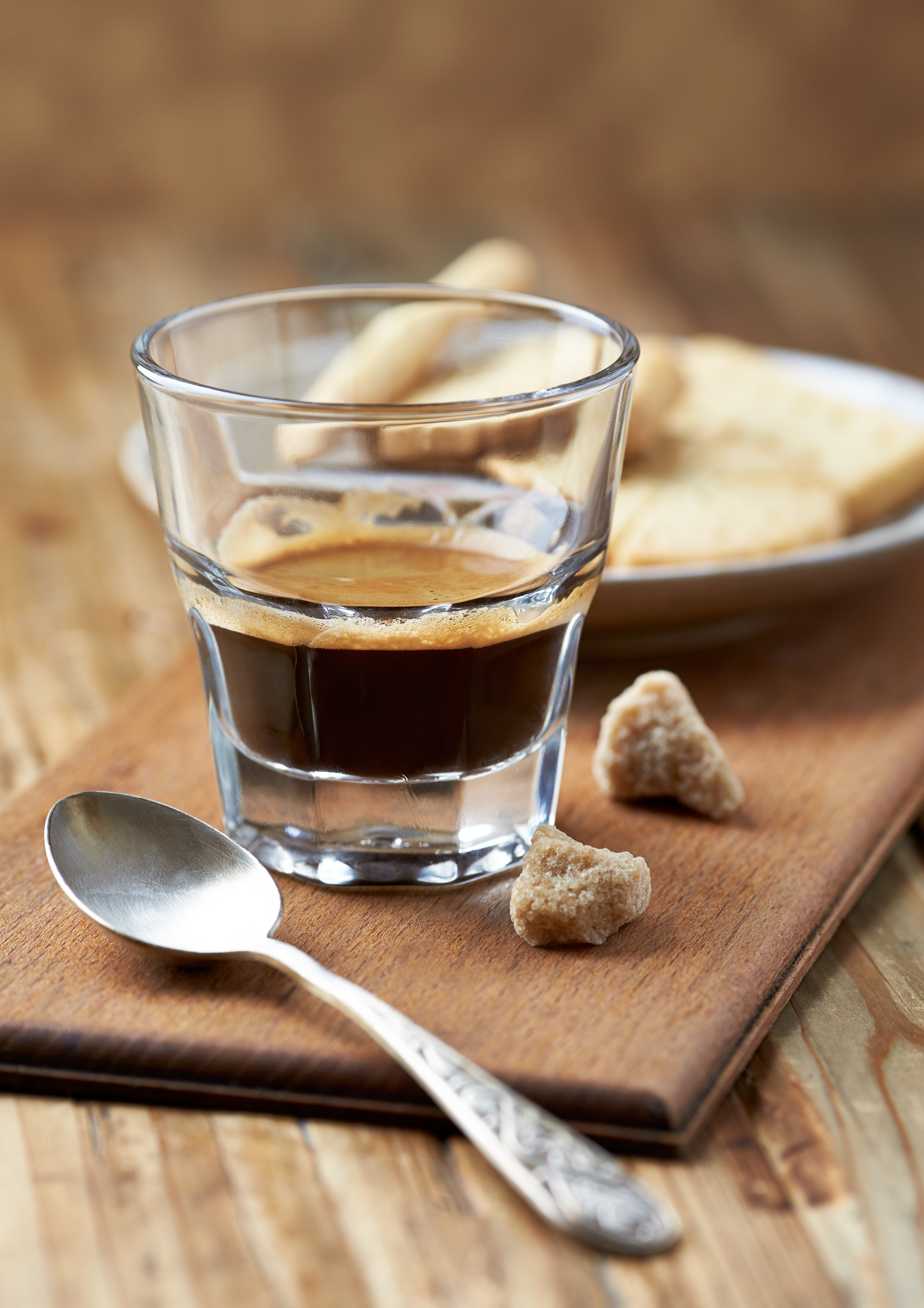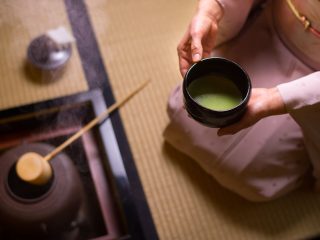Someone once said that Italian coffee tastes best in sunny Italy… The sun and nature are a powerful factor. We just wanted to add that the Italians invented several really nice coffee accessories without which the world of coffee wouldn’t be the same, as well as espresso, cappuccino, cafe latte and many other coffee treats.
Is coffee really so important for the Italians?
For the Italians, coffee isn’t just a strong, aromatic brew; it is also slow mornings at a coffee shop in a local square with a morning paper in hand, or a quick shot with a bread roll serving as a breakfast on the way to work. This is a real celebration of the beginning of the day that we – inhabitants of Central Europe – experience only on holiday. And even though the coffee probably comes from Ethiopia (as you will find out from this text), it is the Italians who contributed the most to the development of one of its segments – espresso-based coffees.
From coffee shops to houses – a short history of the Moka pot
The Moka pot was invented in 1933 by Alfonso Bialetti who made it one of the most popular and iconic brewers in the world. The legend has it that the Moka pot was inspired by the contemporary washing machine that operated in a similar way to the brewer: the heat forced the soapy water up through the central “cone”, then the water poured over the laundry.
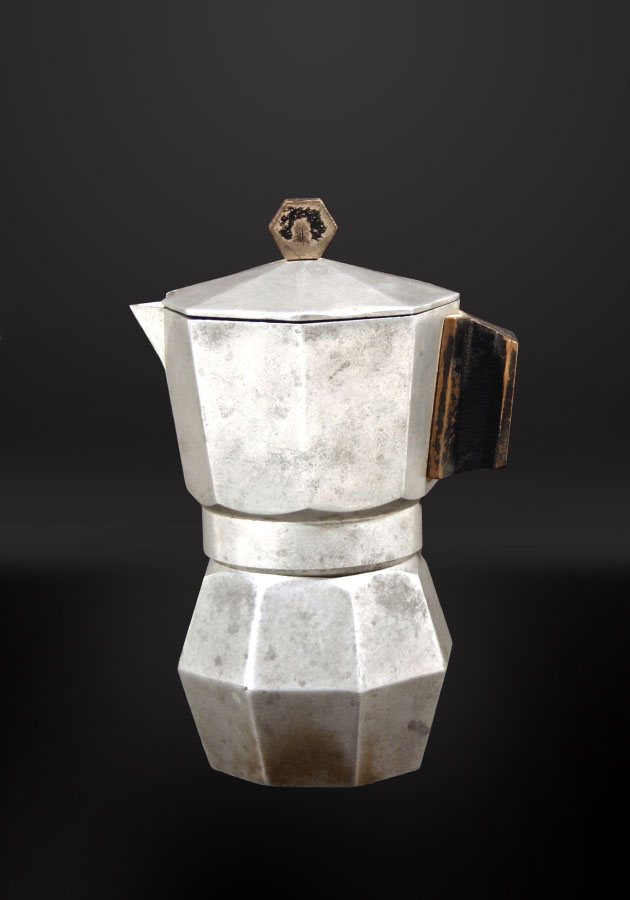
The Moka pot significantly changed the Italian attitude to coffee. Its creation coincided with the crisis of the 30s, owing to which the Italians were eager to start drinking their morning coffee at home instead of at coffee shops. Before that, the espresso was a typical brew to be drunk only outside your own four walls. Although, due to a much lower water pressure, you won’t achieve with it the extraction as high as with the espresso machine with a portafilter, the Moka pot is still a popular substitute, in which you can prepare the classic espresso.
The popularity of this small device can be illustrated by the figures – as many as 3 Moka pots are sold every minute.
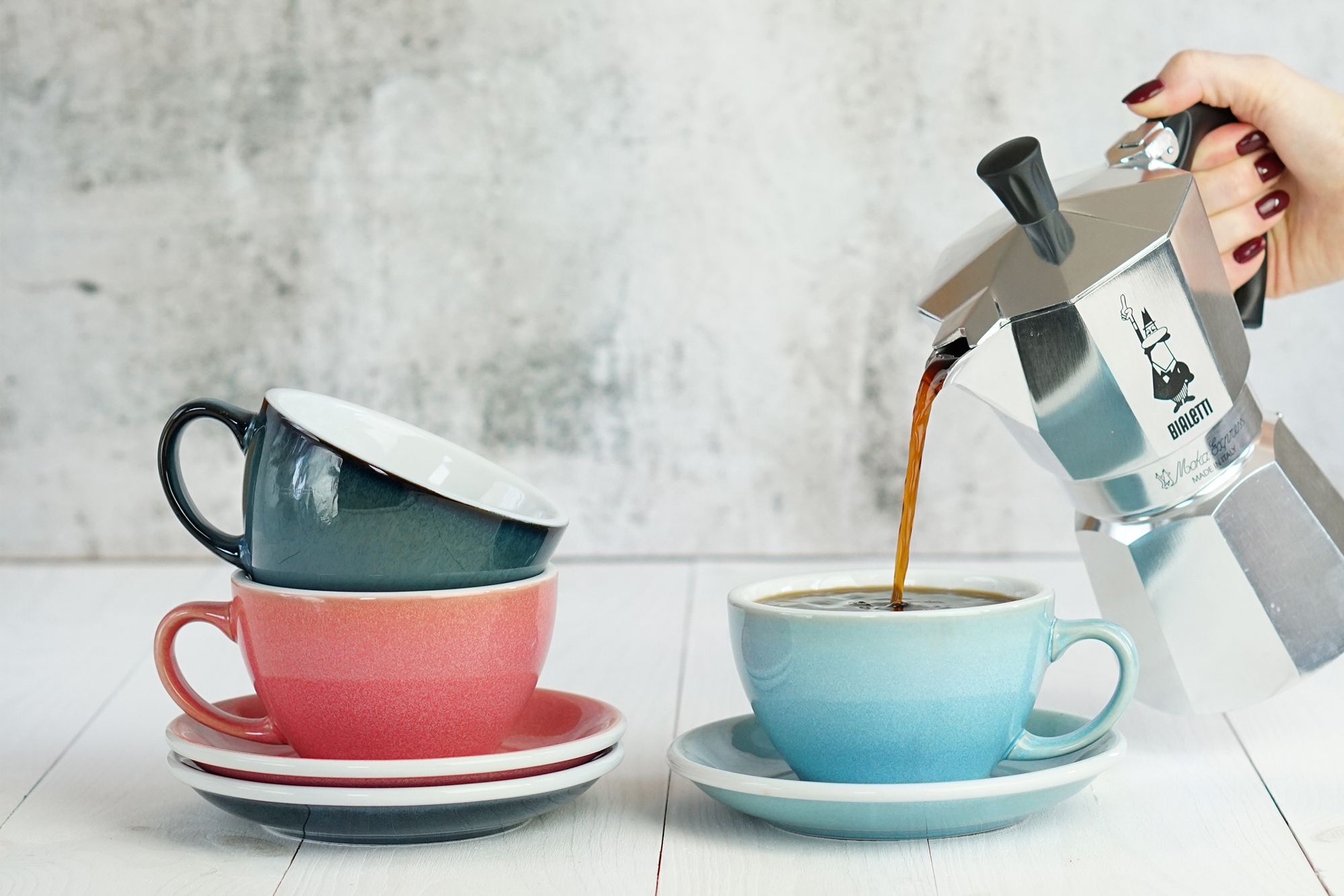
All Italian coffees – espresso, cappuccino, caffe latte…
Many coffee-related terms derive from Italy. Espresso is an Italian word literally meaning “pressed-out”, which is a brief explanation of how the coffee is made. You can also find the expression espressivo, which means “expressive”. I think you will agree that both are suitable.
Latte macchiato, on the other hand, means coffee with a stain, a stain of milk, of course. A classic milk coffee is called caffè latte.
A more interesting story can be told about cappuccino. There are many legends surrounding the invention of this brew, but the name itself refers to the word describing the monks – the Capuchins (from Italian – Capuchin). The colour of the espresso combined with milk foam resembles a lot the colour of the monks’ cowls. The Italian word for this type of hood is exactly “cappuccino”, from which the whole order took its name.
You won’t make it without an espresso machine!
The espresso shot is a base for every non-pour-over coffee, as well as the purest form of this brew. In around 1901, thanks to the innovations brought by the industrial revolution, the first version of the espresso appeared in the cups. At first, the idea for the espresso was to make a brew that could be prepared fast. Luigi Bezzara, inventor from Milan, patented an espresso machine with group heads into which you could fit portafilters with coffee. In 1905, the patent was purchased by Desidero Pavoni who started manufacturing the first mass-produced espresso machine with a portafilter – The Ideale.
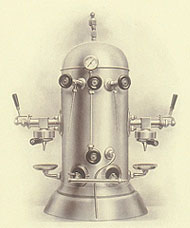
La Marzocco, or, for the uninitiated – the one true king of espresso machines with portafilter, was also created in Italy. In 1927, Giuseppe and Bruno Bambi founded their company in Florence. And yet, the first La Marzocco coffee machines didn’t resemble at all the ones that we use today. They looked more or less this way:
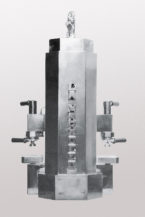
But it is precisely La Marzocco that first came up with the idea of and patented the horizontal boiler in espresso machines as we know it today.
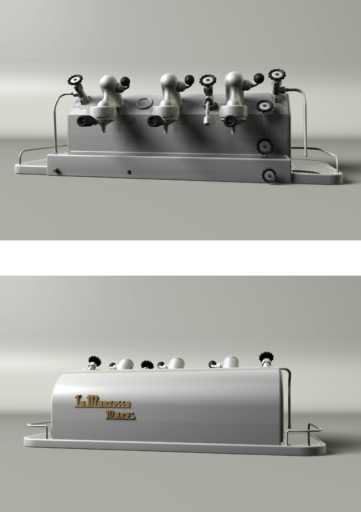
After the war (during which the patent wasn’t renewed), all manufacturers started producing espresso machines with horizontal boilers (modelling on the La Marzocco invention).
Also another Italian brand contributed to the development of espresso machines – Gaggia, which was established in Milan in 1930. In 1938, Achille Gaggia was granted a patent for a new type of espresso machine. It was an innovative construction, as, unlike his predecessors, Gaggia used in his project a piston mechanism that, by forcing high-pressure water through ground coffee, within 15 seconds prepared an ideal espresso crowned with – creama!
It is this crema that has become the hallmark of the Gaggia brand. According to the legend, the first reactions to crema on coffee weren’t too enthusiastic. The guests were asking: “Where did the foam on my coffee come from?” So Gaggia named his coffee caffe crema instead of espresso. Only after some time, when machines producing high pressure and crema became a usual sight at coffee shops, coffee with crema started to be perceived as true espresso.
Around that time, people started to think that without a good grinder, you can’t make a good espresso. Eureka started its history in Florence in 1920. The company was founded by Aurelio Conti and, like La Marzocco, is associated mainly with the professional coffee scene. However, along with the growing interest in coffee, it has gained more and more supporters among home baristas.
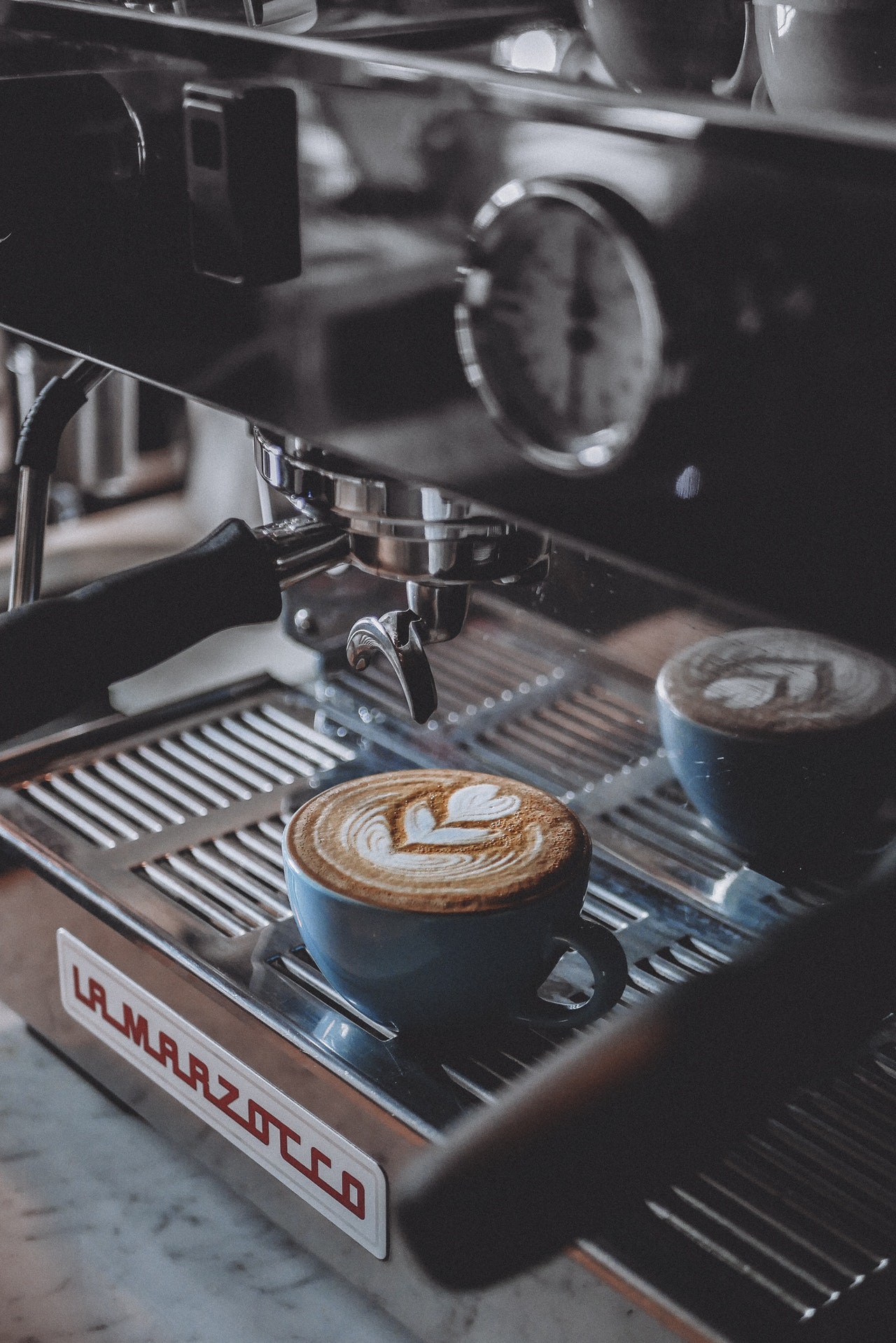
Are Italian coffees the best!?
The history of coffee, closely linked to Italy, makes us all think subconsciously that Italian coffees are the best. Or at least so they say… Of course, Italian coffees are not the ones cultivated there but those roasted in Italian roasteries. The Italian roast is usually dark, which can make Italian coffees (especially for the connoisseurs of light roast speciality coffees) bitter and flatter in taste. This is why we like to add milk to them.
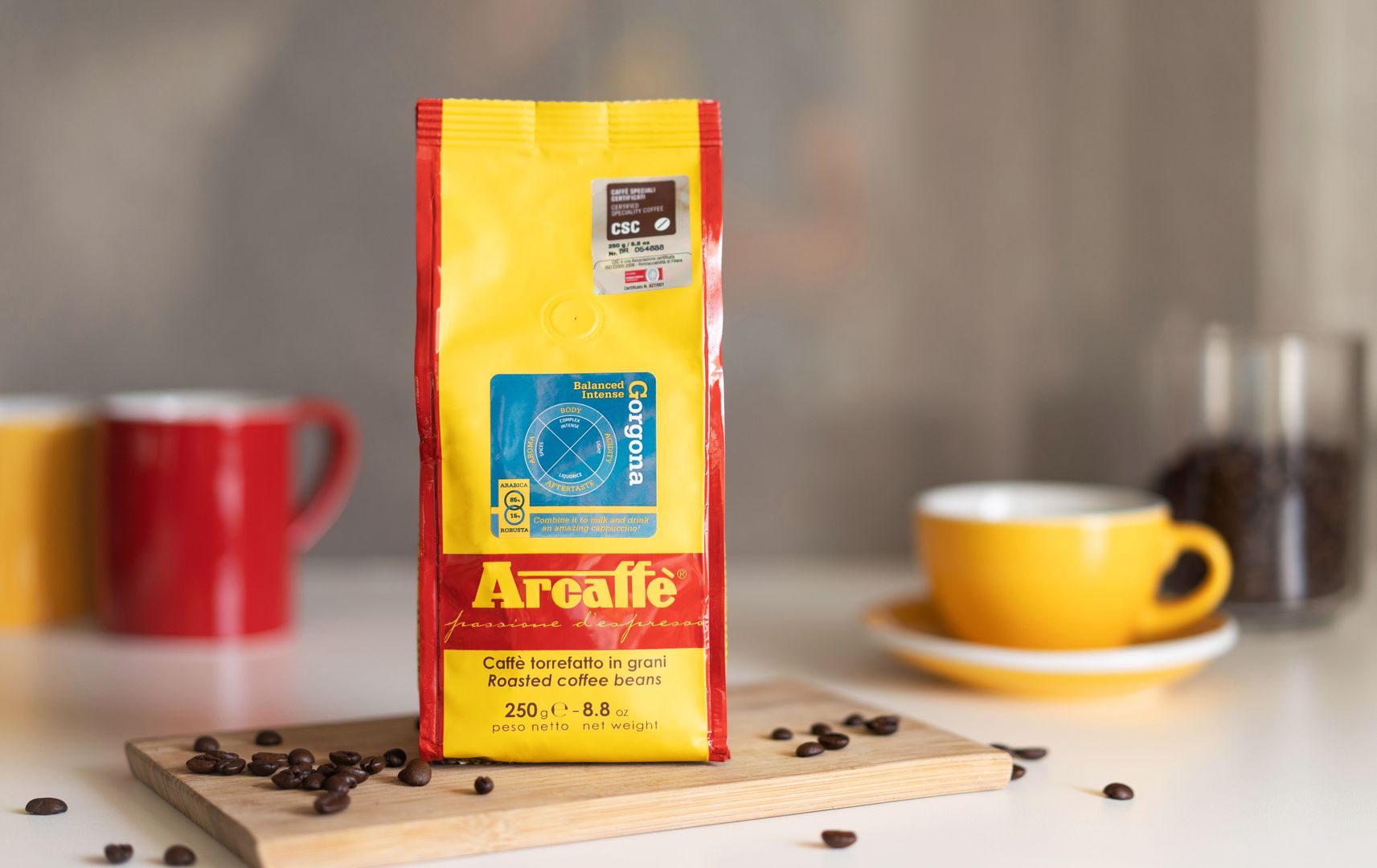
But, as we know, the times of the classic espresso are long gone. Even the Italians keep up with the times and look for a compromise between the classic taste of espresso and a more subtle roast that lets us extract more flavours from coffee. Certified speciality coffees roasted in Italy are Arcaffe coffees. It is a good option for those who like sweet and well-balanced flavours of chocolate, caramel and nuts in the coffee.
